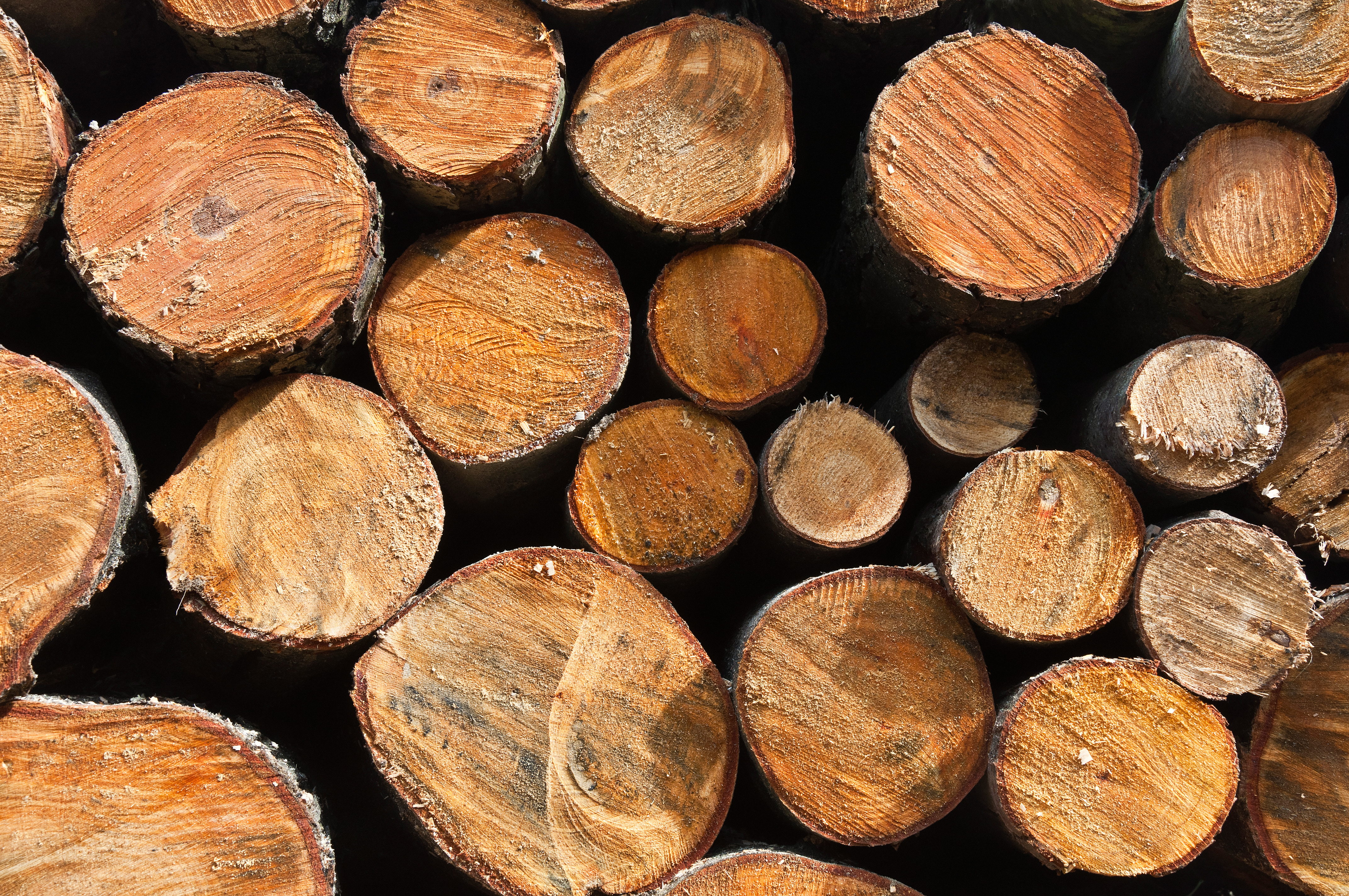Physical Properties of Wood
Contents |
Introduction
Wood is one of the most versatile and widely used materials in the world. It can be used in anything from wood carving and creating small wooden items, such as chairs and rocking horses, to building timber structures and sheds.
It also has a lot of scientific properties associated with it, and every type of wood that is available can exhibit similar, and also different, properties. As such, it is important to understand how different types of wood can be used, so you can make sure that you don’t use the wrong type of wood in your project.
Types of wood
There are two distinct types of wood:
- Hardwoods come from deciduous trees – trees whose leaves fall each autumn – such as oak, mahogany, beech, and birch.
- Softwoods come from coniferous trees – trees whose cones/needles remain all year round – such as cedar, spruce, fir, cypress, and pine.
Specific gravity
The specific gravity (SG) of a substance, is the ratio between the density of the specific substance and the density of a reference substance provided which occupies the same volume. In most cases, the reference substance is water, as its density, in terms of grams per cubic centimetre, is one.
If moisture content is neglected or minimised, the more rings that a tree has within a given space, the denser it is, meaning its specific gravity is higher. Woods that have a higher specific gravity tend to have more lignin in their cells – this increases the rigidity of the wood and its resistance to rotting – and fewer air spaces, meaning that it can’t intake water easily compared to lower specific gravity woods.
Moisture content
One of the most noticeable properties of wood is that it is a hygroscopic material, meaning that it tends to absorb moisture from the air depending on the humidity of its surroundings. If the humidity is relatively high, then the wood will absorb more moisture.
Moisture content is very important when using wood in building, crafting, and manufacturing as it can affect the strength and stiffness of wood. This is because the presence of water affects the bonds between the fibres, effectively weakening the wood and making it more pliable.
Temperature
It is important to understand the thermal properties that wood exhibits.
Thermal conductivity is the ability of a material to conduct heat. For wood, it can range between 0.01 and 0.2 W m-1 K-1, which is relatively low, considering that for copper, it is over 400. The reason for this is because wood is quite porous. The values have a wide range because thermal conductivity decreases as the density decreases.
Thermal expansion is also relatively low in wood, meaning that it can retain its original structure in hot climates.
In freezing temperatures, the water within the wood can expand, causing the it to crack. However, since it has a low thermal conductivity, it means that, in cold weather, it can retain its warm interior and keep the cold weather out, which is why wood cabins are relatively common in arctic conditions.
--G&S Specialist Timber 09:10, 17 Jan 2017 (BST)
Related articles on Designing Buildings
- 11 things you didn't know about wood.
- A guide to the use of urban timber FB 50.
- Ancient Woodland.
- Birch wood.
- Boardwalk.
- Carpentry.
- Chip carving.
- Confederation of Timber Industries.
- Cross-laminated timber.
- Definition of tree for planning purposes.
- Engineered bamboo.
- European Union Timber Regulation.
- Forest Stewardship Council.
- Janka hardness rating scale.
- Lime wood.
- Padauk wood.
- Pine leaves.
- Plywood.
- Predicting service life of timber structures.
- Programme for the Endorsement of Forest Certification.
- Softwood.
- Timber.
- Timber preservation.
- Timber vs wood.
- Tree preservation order.
- Tree rights.
- Tulipwood.
- Types of timber.
- Veneer.
- Walnut.
- Wrot timber.
- Best Woods for Wood Carving
- The Differences Between Hardwood and Softwood
- The Scientific Properties of Wood
Featured articles and news
Latest Build UK Building Safety Regime explainer published
Key elements in one short, now updated document.
UKGBC launch the UK Climate Resilience Roadmap
First guidance of its kind on direct climate impacts for the built environment and how it can adapt.
CLC Health, Safety and Wellbeing Strategy 2025
Launched by the Minister for Industry to look at fatalities on site, improving mental health and other issues.
One of the most impressive Victorian architects. Book review.
Common Assessment Standard now with building safety
New CAS update now includes mandatory building safety questions.
RTPI leader to become new CIOB Chief Executive Officer
Dr Victoria Hills MRTPI, FICE to take over after Caroline Gumble’s departure.
Social and affordable housing, a long term plan for delivery
The “Delivering a Decade of Renewal for Social and Affordable Housing” strategy sets out future path.
A change to adoptive architecture
Effects of global weather warming on architectural detailing, material choice and human interaction.
The proposed publicly owned and backed subsidiary of Homes England, to facilitate new homes.
How big is the problem and what can we do to mitigate the effects?
Overheating guidance and tools for building designers
A number of cool guides to help with the heat.
The UK's Modern Industrial Strategy: A 10 year plan
Previous consultation criticism, current key elements and general support with some persisting reservations.
Building Safety Regulator reforms
New roles, new staff and a new fast track service pave the way for a single construction regulator.
Architectural Technologist CPDs and Communications
CIAT CPD… and how you can do it!
Cooling centres and cool spaces
Managing extreme heat in cities by directing the public to places for heat stress relief and water sources.
Winter gardens: A brief history and warm variations
Extending the season with glass in different forms and terms.
Restoring Great Yarmouth's Winter Gardens
Transforming one of the least sustainable constructions imaginable.























